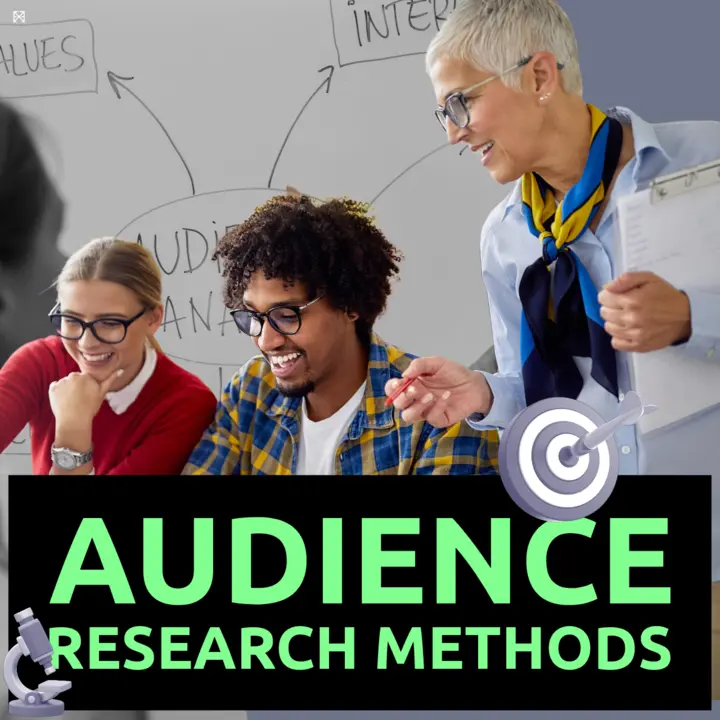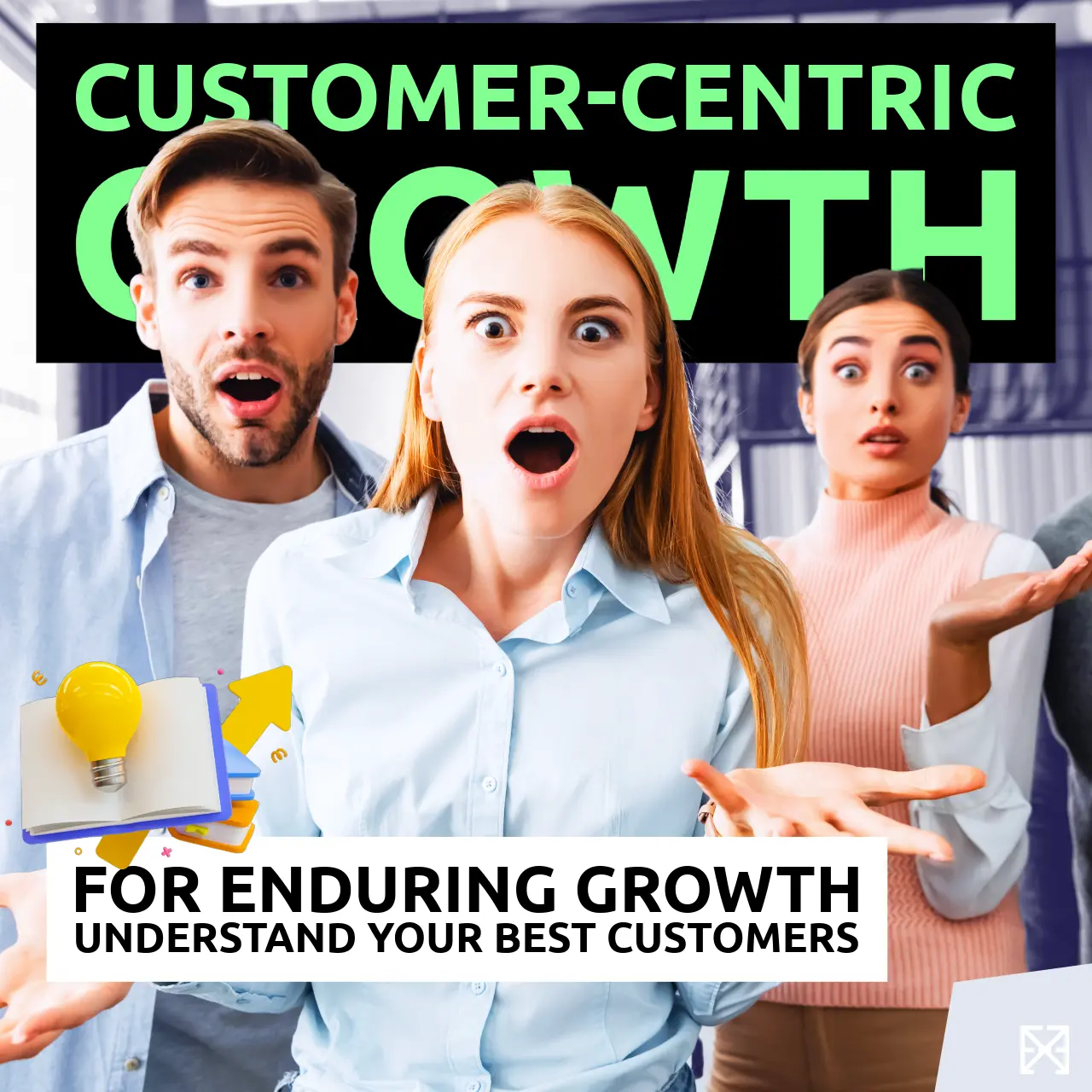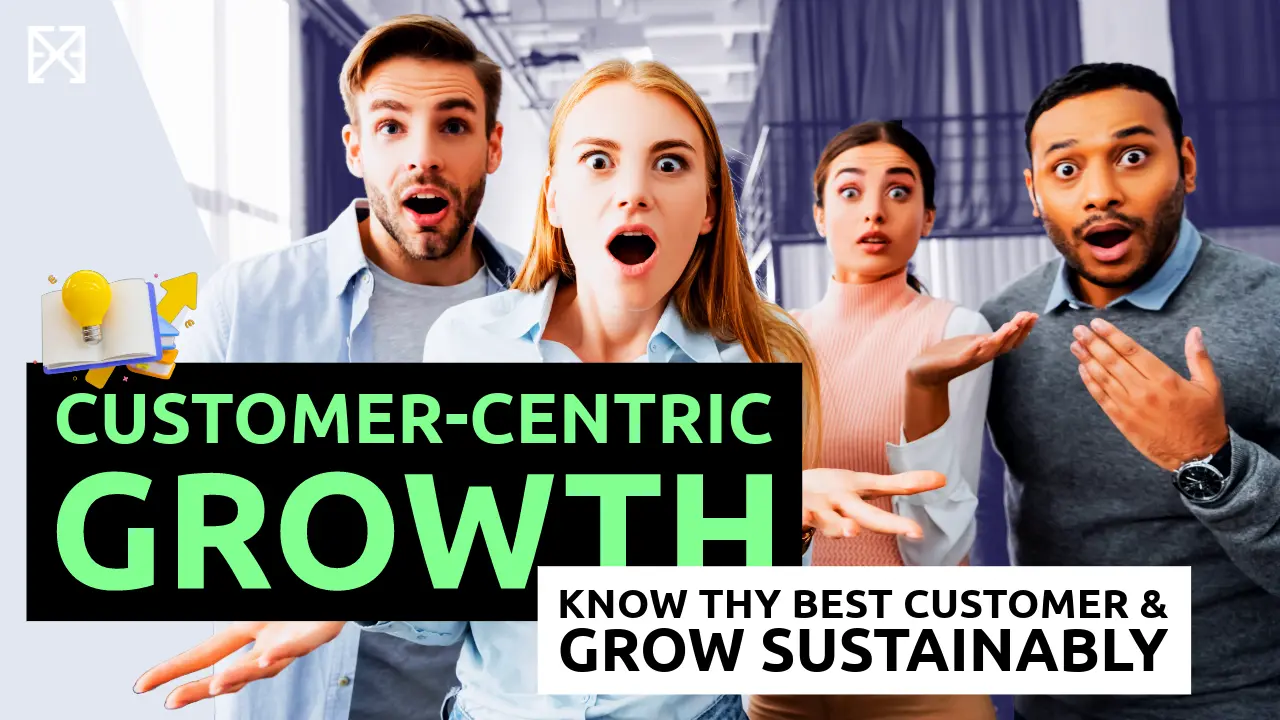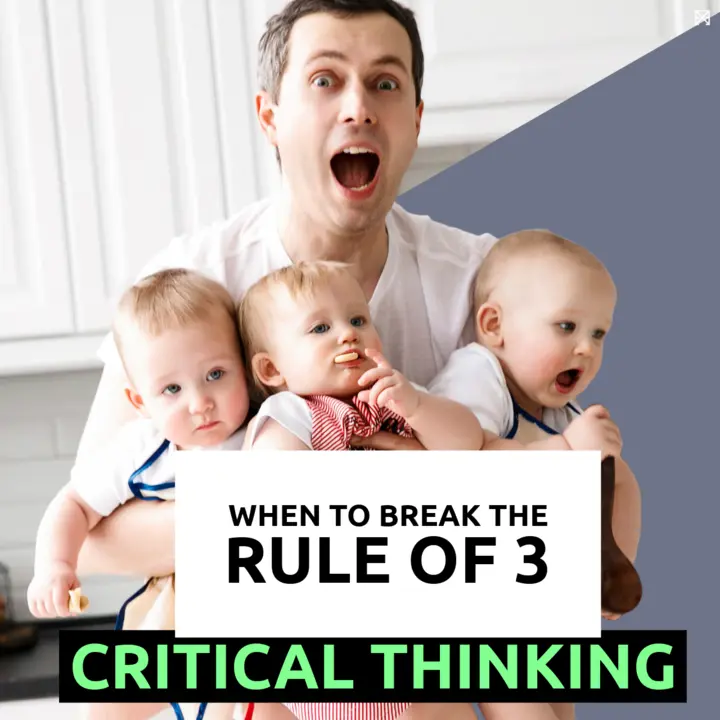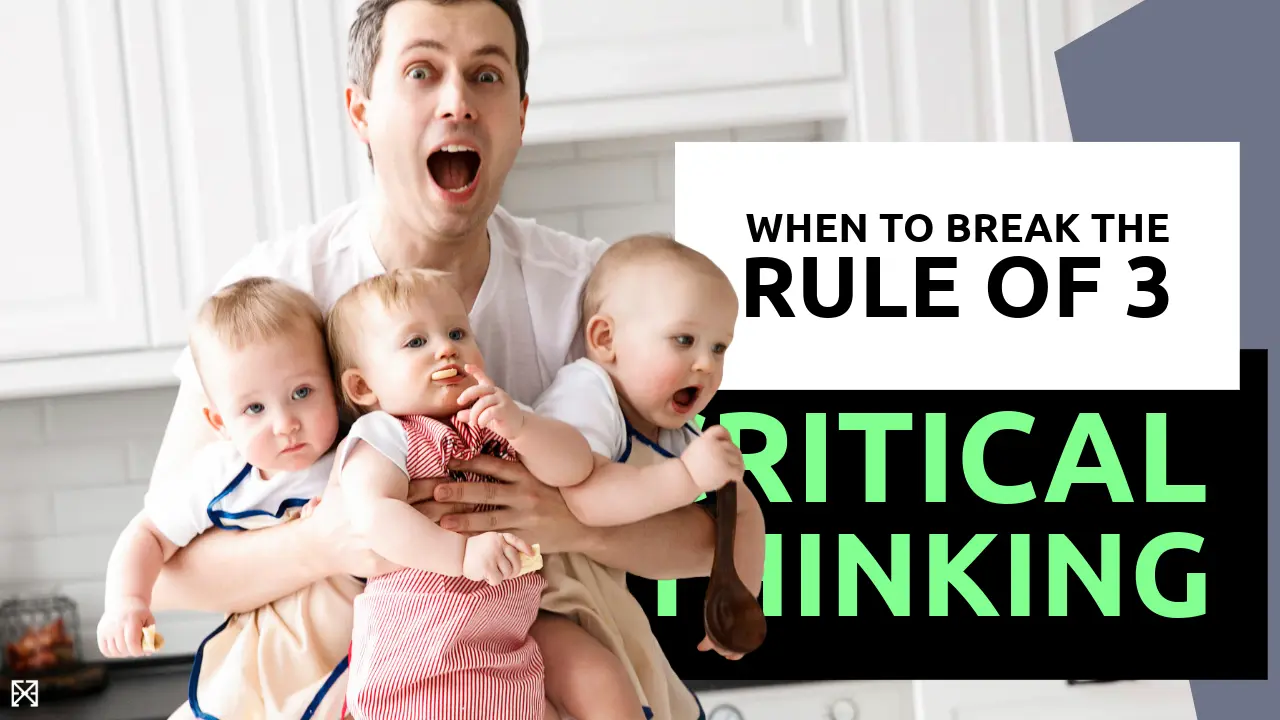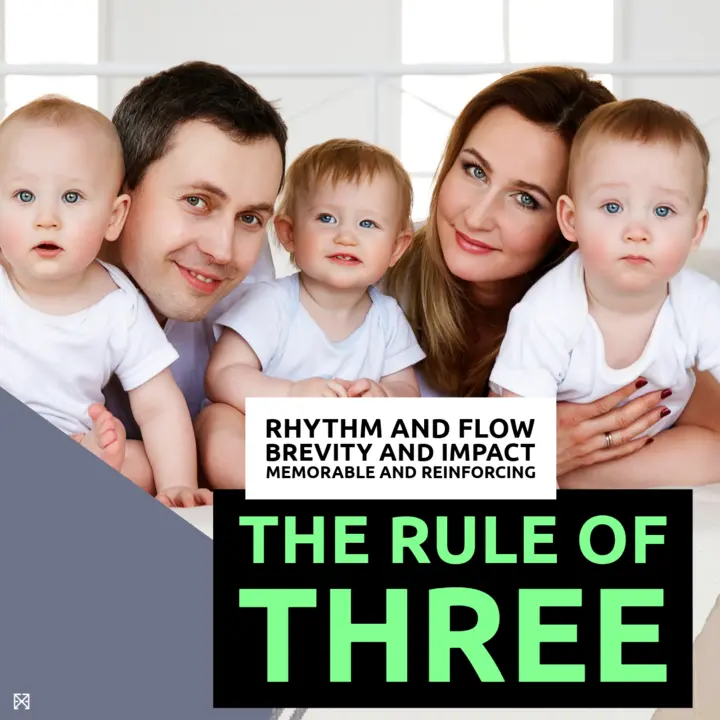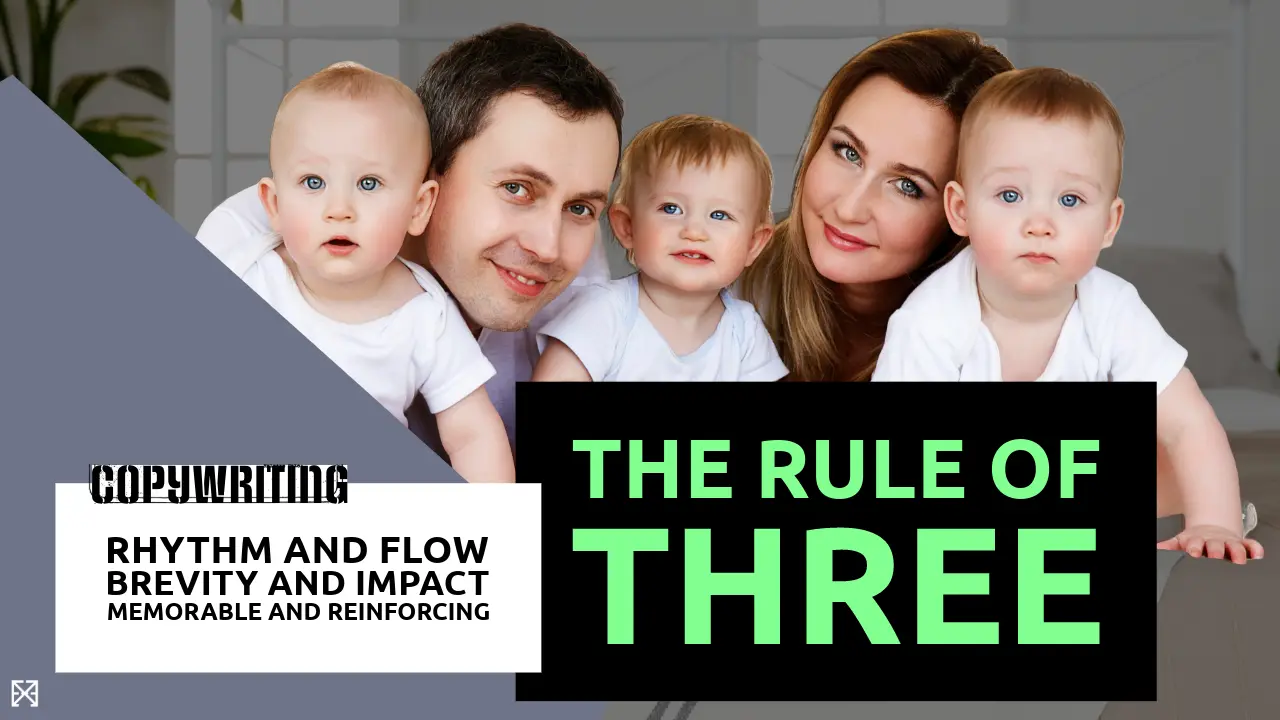The modes of persuasion, also known as rhetorical strategies, are ethos, pathos, and logos. They are methods used to convince or persuade an audience.
Each mode can be effective in different contexts, and they are often used together for the most persuasive argument.
Understanding these modes is relevant because they are the key tools for influencing others' opinions, decisions, and actions. They apply across various fields such as politics, advertising, legal arguments, and everyday communication.
Ethos (Credibility and Authority)
Ethos is about establishing your credibility or character as a speaker or writer. You persuade by convincing your audience that you are trustworthy and ethical.
It's crucial because people are more likely to be persuaded by someone they see as knowledgeable and trustworthy.
For example, a doctor giving health advice uses ethos because their medical degree and experience make them credible on the subject.
Or, when a scientist speaks about climate change, their background and expertise lend credibility to their arguments, making the audience more likely to trust their recommendations.
😜 At a high-stakes business conference, a CEO claims unparalleled expertise in technology not because of their work or education, but because they exclusively use gadgets featured in science fiction movies. They argue that this makes them uniquely qualified to predict and lead the future of tech, suggesting their next product development meeting will be held in a replica of the Starship Enterprise, to better channel futuristic insights.
Pathos (Emotion)
Pathos involves tapping into emotions to persuade. This mode appeals to the audience's emotions, aiming to elicit feelings to persuade.
This is powerful because humans are not always driven by logic alone; emotions significantly influence our decisions.
Advertisements often use emotional appeals, such as happiness, fear, or a sense of belonging, to persuade consumers to buy a product.
For example, a commercial for insurance may highlight the peace of mind and security it offers, appealing to the viewer’s fears of unexpected disasters and the emotional desire for protection.
Or, charities use pathos by showing images of people in need to evoke empathy and encourage donations.
😜 An ultra-luxury car brand launches a campaign suggesting that owning one of their cars doesn't just signify wealth or taste, but actually heals broken friendships and mends family rifts. Their advertisements feature tearful reunions happening around the car, suggesting that the mere presence of such a vehicle can bring about emotional catharsis and forgiveness, playing on the heartstrings with the tagline, "More than luxury, it's a bridge to love."
Logos (Logic)
Logos requires the use of logical reasoning.
It appeals to the audience's sense of reason.
You persuade by using facts, presenting clear statistics, and logical, rational arguments supported by evidence.
An example would be a technology company demonstrating through data and performance metrics why their product is superior to the competition.
Or, in a debate about renewable energy, one might use statistics on solar power’s efficiency and the declining cost of solar panels to argue for its adoption.
This approach convinces by demonstrating the logical benefits and practicality of the argument.
😜 The president of a highly speculative tech startup presents a new device that claims to boost productivity by aligning your brain waves with the Earth's magnetic field. The pitch includes a dazzling array of charts, graphs, and equations that "demonstrate" how productivity spikes during certain planetary alignments. They've even developed a complex formula to predict these alignments, suggesting that optimal work days can be calculated years in advance, with a recommendation to invest in their "Planetary Productivity Planner" app for daily guidance.
Their Origin and Relevance Until Today
The modes of persuasion originate from ancient Greek philosophy, specifically from Aristotle's work, "Rhetoric."
Rhetoric is the art of effective speaking and writing.
Written in the 4th century BCE, Aristotle's treatise systematically outlines the principles of persuasive speech and writing, identifying ethos, pathos, and logos as the core strategies for influencing an audience's thoughts and actions.
Aristotle's insights were not just observations but formed a foundational framework for the field of rhetoric, influencing how communication and persuasion have been understood and taught through the centuries.
Despite their ancient origins, the modes of persuasion remain highly relevant in modern communication across all domains.
Ethos continues to be a cornerstone of effective communication, especially in an era where information overload and skepticism about sources are common. Establishing credibility is crucial in fields like science, journalism, and digital content creation, where trustworthiness can significantly impact audience engagement and belief.
Pathos is extensively used in advertising, political campaigns, and social media. Emotional appeals drive much of consumer behavior and voter opinion. In a world where storytelling is paramount in connecting with audiences, pathos can be a powerful tool to create memorable and influential messages.
Logos is essential in fields that rely on data and evidence-based arguments, such as law, academia, and technology. In an increasingly complex world, the ability to present logical, coherent arguments supported by evidence is crucial for decision-making, policy development, and innovation.
So the modes of persuasion are not only relevant but have been adapted and expanded with the rise of digital media, which offers new platforms and formats for persuasive communication. Understanding and applying these strategies can enhance the effectiveness of communication in various contexts, from crafting persuasive essays and speeches to designing compelling marketing campaigns and engaging social media content. Their enduring relevance underscores the timeless nature of human psychology and the fundamentals of communication, even as the mediums and methods evolve.

